SaaS marketing budgets vary depending on the company’s size and goals but typically range from 7-12% of total revenue.
Companies may allocate a budget for advertising, content creation, events, lead generation, conversion optimization, public relations, customer success and retention, and sales enablement.
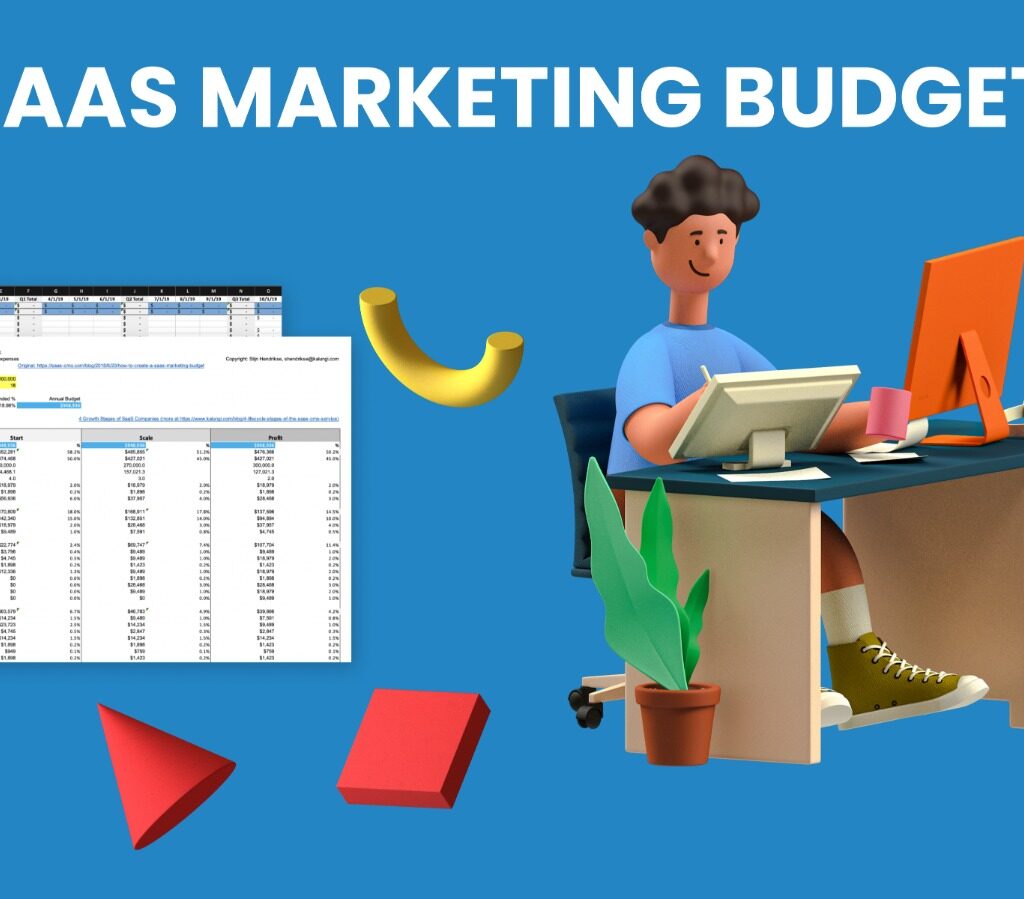
The marketing budget for SaaS companies
The marketing budget for SaaS companies can vary greatly depending on several factors, such as the size of the company, the stage of the company, and the company’s overall revenue.
A standard guideline is to allocate 7-12% of total revenue toward marketing efforts. This budget may be used for various initiatives, such as online advertising, content marketing, search engine optimization, social media marketing, events, public relations, customer success and retention.
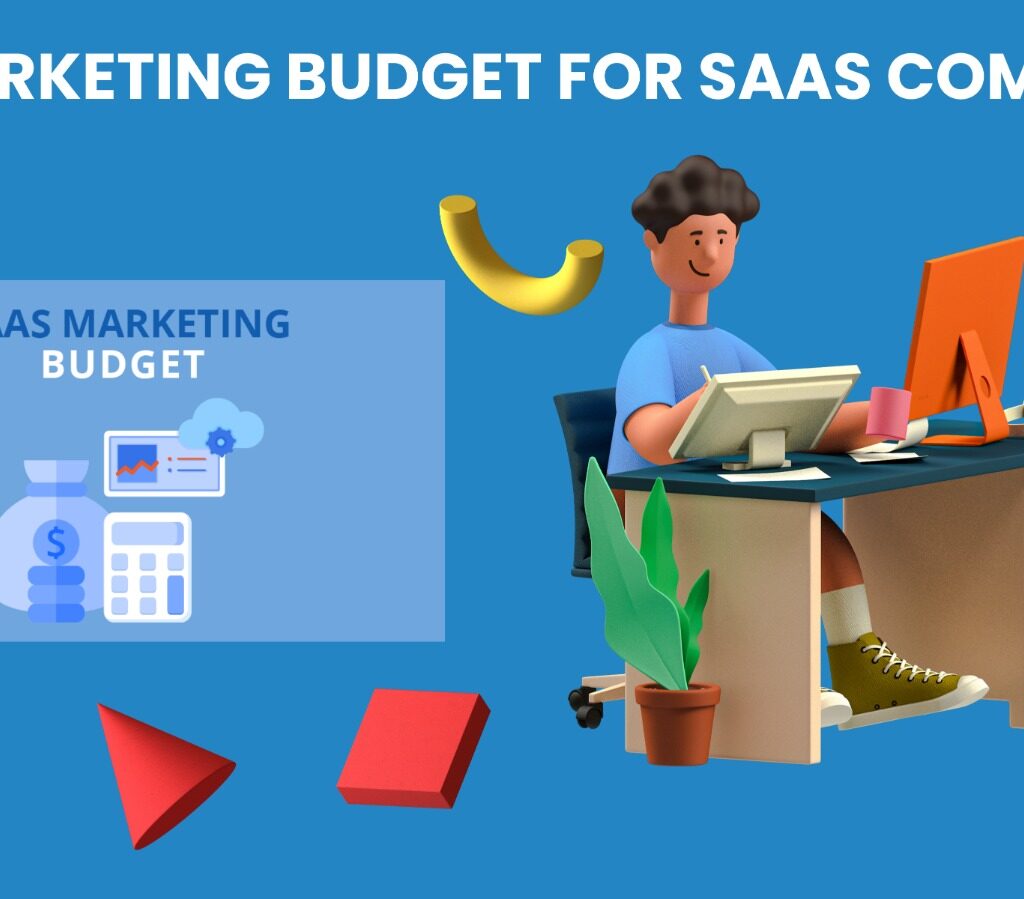
SaaS marketing budget allocation
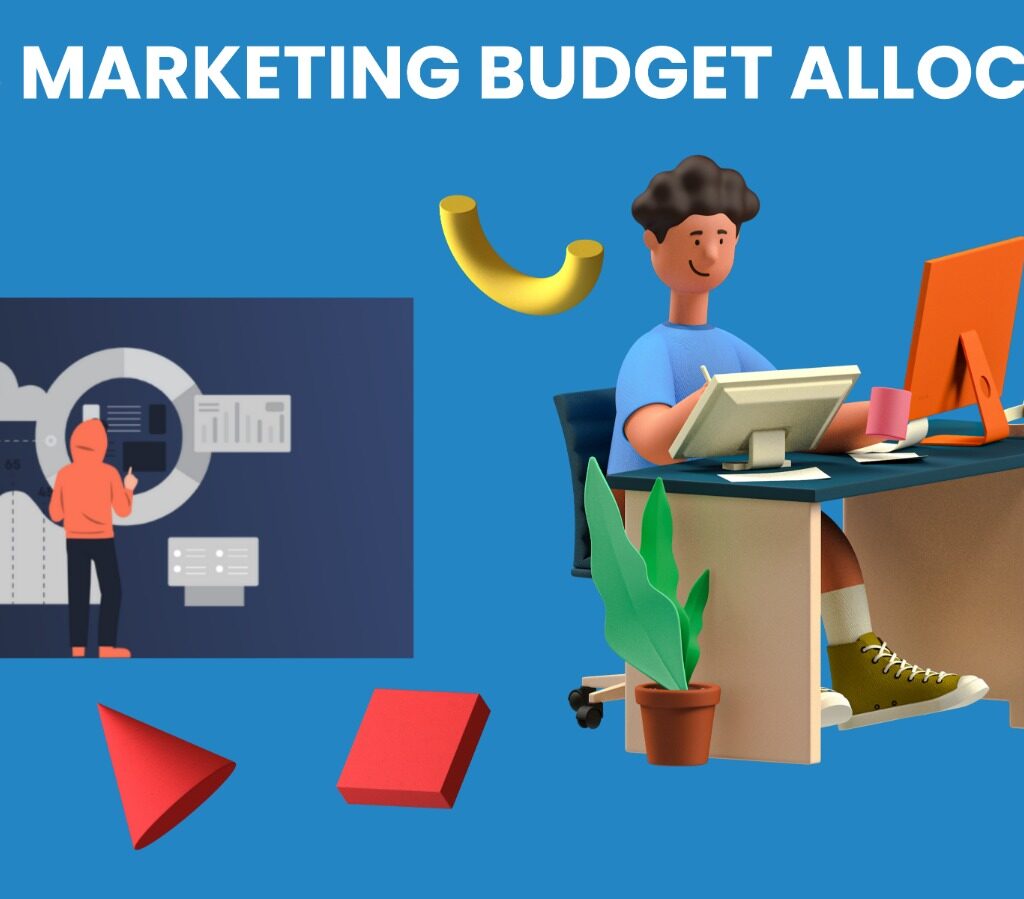
SaaS marketing budgets are typically allocated towards various initiatives, including:
Online advertising:
Paid search, display advertising, and social media advertising.
Content marketing:
Blogging, thought leadership, e-books, webinars, and other educational resources.
Search engine optimization (SEO):
Improving search engine visibility and ranking for target keywords.
Social media marketing:
Building and engaging with followers on social media platforms.
Events:
Trade shows, conferences, and other industry events to network and showcase the product.
Public relations:
Building relationships with media and influencers to earn media coverage and credibility.
Customer success and retention:
Keeping existing customers engaged and happy through email campaigns, onboarding, and customer support.
Sales enablement:
Providing sales teams with the tools, resources, and training to effectively sell the product.
The exact allocation of the budget will depend on the specific goals and priorities of the company.
SaaS marketing budget benchmark
The benchmark for SaaS marketing budgets can vary, but a commonly cited guideline is to allocate 7-12% of total revenue toward marketing efforts.
It is essential to note that this is just a rough estimate, and the actual marketing budget may be higher or lower depending on various factors such as company size, stage, competition, and overall business objectives.
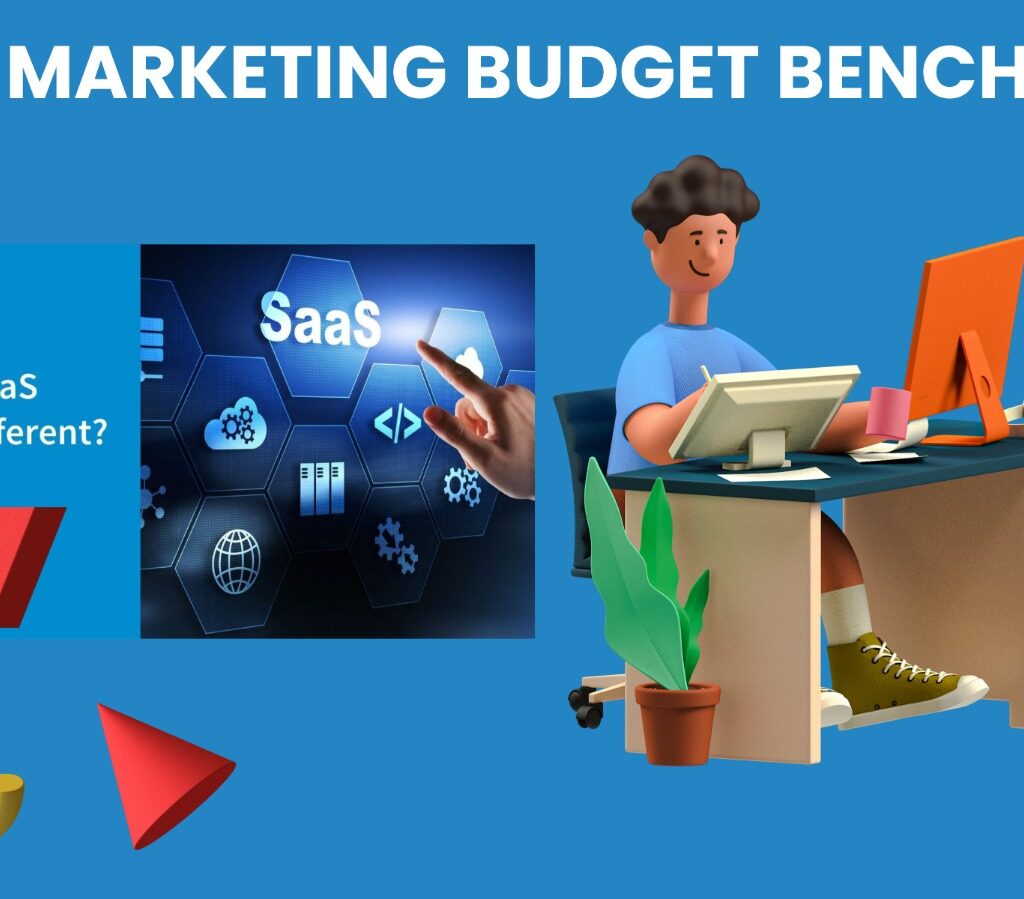
SaaS companies with limited resources may prioritize cost-effective marketing strategies such as content marketing and search engine optimization.
A SaaS company’s most effective marketing budget will ultimately depend on its specific business goals, target audience, and competition.
SaaS Operating Expenses
SaaS operating expenses typically include the following costs:
Research and Development (R&D) cost:
Developing and improving the SaaS product.
Sales and marketing expenses:
Acquiring and retaining customers through advertising, content creation, events, lead generation and conversion optimization, public relations, customer success and retention, and sales enablement.
General and administrative (G&A) expenses:
Covering overhead costs such as office space, equipment, insurance, and salaries for administrative staff.
Server and infrastructure costs:
Hosting and maintaining the SaaS platform, including cloud computing costs.
Customer support expenses:
Providing technical and customer support to users.
Legal and accounting expenses:
Legal and financial compliance, taxes, and accounting services.
SaaS Marketing Budget Standards
SaaS marketing budget standards can vary greatly, depending on several factors, such as the size of the company, the stage of the company, and the company’s overall revenue.
This budget may be used for various initiatives, including online advertising, content marketing, search engine optimization (SEO), social media marketing, events, public relations, customer success and retention, and sales enablement.
It’s important to note that these are rough guidelines, and the marketing budget will depend on the specific goals and priorities of the company, as well as its target audience, competition, and industry.
Customer Lifetime Value SaaS
Customer Lifetime Value (CLV) in a SaaS context refers to the estimated revenue a customer will generate for a company over the entire period they are a customer. It’s calculated by multiplying the average monthly revenue per customer by the average customer lifespan in months. This metric helps companies prioritize and allocate resources to retain valuable customers and predict future revenue.

SaaS Benchmarks
SaaS benchmarks are industry standards and metrics used to evaluate the performance and growth of a Software as a service (SaaS) company.
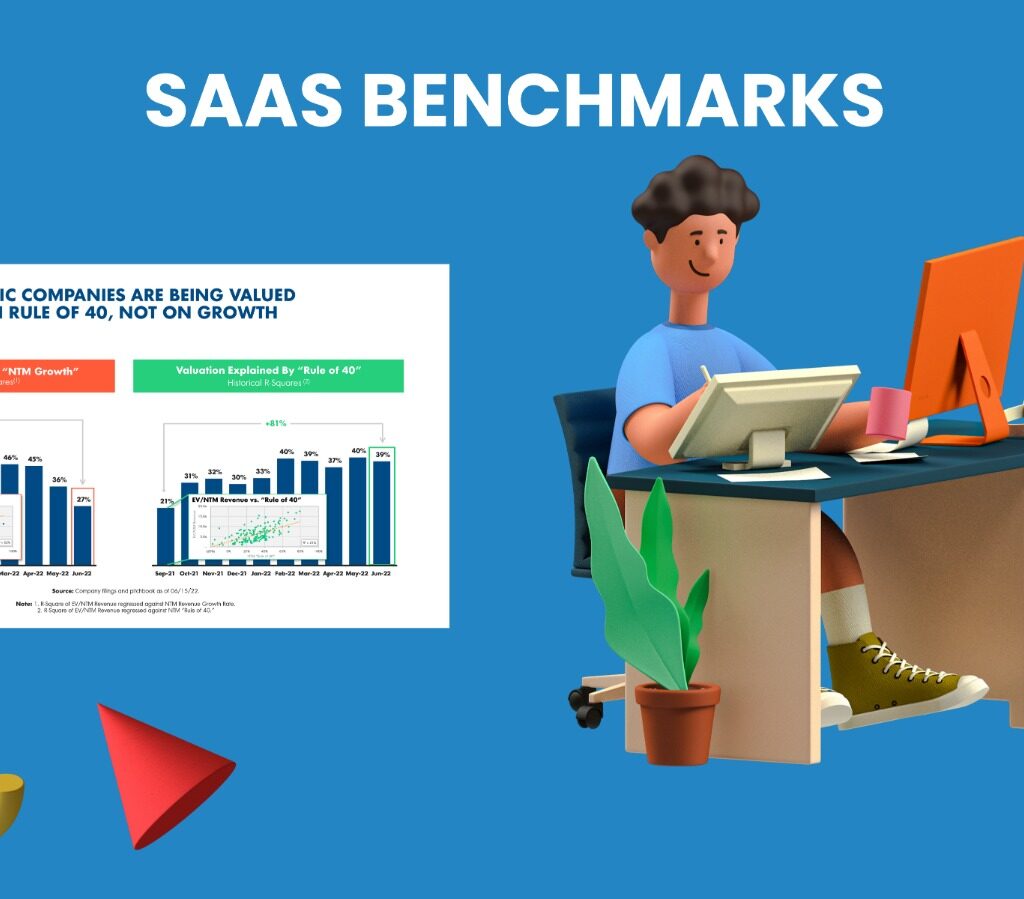
Some commonly used SaaS benchmarks include:
- Monthly Recurring Revenue (MRR) Growth Rate
- Customer Acquisition Cost (CAC)
- Lifetime Value (LTV) to Customer Acquisition Cost (CAC) Ratio
- Gross Margin
- Net Promoter Score (NPS)
- User Retention Rate
- User Acquisition Cost (UAC)
- Gross and Net Dollar Retention Rates
- Sales and Marketing Efficiency (S&M Efficiency)
These benchmarks provide a way to compare a company’s performance to the industry average and measure progress over time.
1. MRR
Monthly Recurring Revenue (MRR) is a metric used in the Software as a Service (SaaS) industry to measure the predictable, recurring revenue generated from a company’s customer base each month.
2. ARPU
Average Revenue Per User (ARPU) is a metric used to measure the average revenue generated from each product or service user, typically monthly or yearly. In the context of SaaS (Software as a Service).
ARPU is calculated by dividing total revenue by the number of active subscribers or customers during a specified period. This metric provides insight into the monetization of a company’s user base and helps forecast future revenue.
3. Revenue Churn Rate
Revenue Churn Rate is a metric used to measure the rate at which a company loses its recurring revenue from its customer base. It is calculated by dividing the monthly recurring revenue lost due to churn by the total monthly recurring revenue at the beginning of the period.
Churn rate is a crucial metric for SaaS (Software as a Service) companies, as it reflects their ability to retain and grow their customer base over time.
A high churn rate can negatively impact a company’s revenue and profitability, so SaaS companies need to monitor and minimize their revenue churn rate.
4. ARR
Annual Recurring Revenue (ARR) is a metric used to measure the predictable, recurring revenue generated by a company’s customer base annually.
It is calculated by multiplying the monthly recurring revenue (MRR) by 12. ARR is a valuable metric for SaaS (Software as a Service) companies to track the growth of their recurring revenue and forecast future revenue.
Sample SaaS Marketing Budget
A sample SaaS (Software as a Service) marketing budget can be allocated as follows:
- Content marketing: 20-30% (e.g., blog posts, eBooks, webinars)
- Paid advertising: 20-30% (e.g., Google Ads, social media ads)
- Influencer marketing: 10-15%
- Event marketing: 10-15% (e.g., trade shows, conferences)
- Email marketing: 10-15%
- Public relations: 5-10% (e.g., media outreach, press releases)
- Website optimization: 5-10% (e.g., search engine optimization, conversion rate optimization)
FAQ
How much to budget for marketing b2b SaaS?
The amount to budget for marketing B2B SaaS (Business-to-Business Software as a Service) will depend on several factors, including the size of the company, the stage of the business, the target market, and the competition.
For a company in its early stages, allocate a higher percentage of the budget to marketing to build brand awareness and acquire early customers.
It’s essential to regularly review and adjust the marketing budget based on performance data and market changes and ensure the budget is aligned with the company’s overall goals and priorities.
How to calculate the SaaS marketing budget?
Here is a simple method for calculating a SaaS (Software as a Service) marketing budget:
Determine total revenue:
This is the starting point for calculating the marketing budget. For example, let’s assume the total revenue is $10 million.
Determine the allocation percentage:
As a general rule of thumb, SaaS companies allocate 7-12% of their total revenue to marketing. Let’s assume a 10% allocation for this example.
Calculate the marketing budget:
Multiply the total revenue by the allocation percentage to determine the marketing budget. In this example, $10 million x 10% = $1 million marketing budget.



Add a Comment